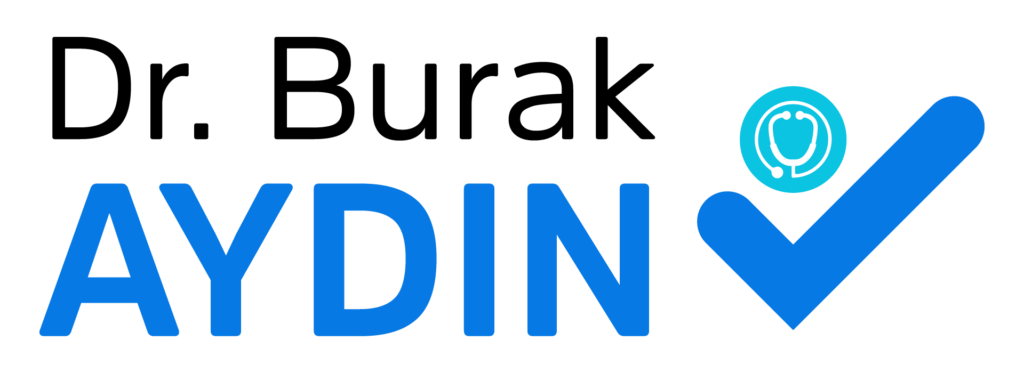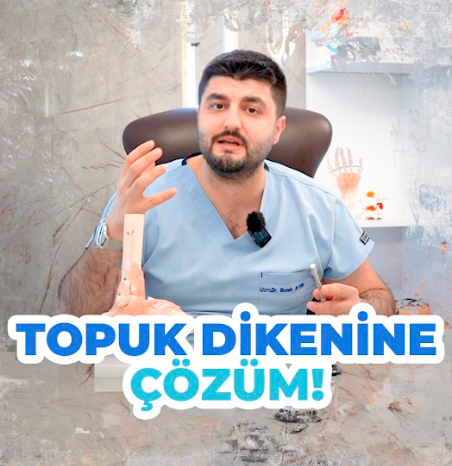The foot and ankle have 28 bones, 34 joints, 112 ligaments, 3 arches and 34 muscles. It’s a marvelous combination to support our body and its weight.
When the harmony here is disrupted, when the layer we call the plantar fascia is damaged, we encounter the following symptoms:
- A heel spur is a painful condition caused by irritation or injury to a thick connective tissue in the sole of the foot called the plantar fascia. Symptoms include:
- Pain: Heel spur pain is usually felt under or near the heel on the front of the sole of the foot. The pain usually increases in the morning and after long periods of standing.
- Swelling: There may be swelling or thickening in the heel area.
- Tenderness: The heel spur area may be tender to the touch.
- Difficulty walking: Heel spur pain can make activities such as walking and running difficult.
- Emotional stress: Due to heel spur symptoms, a person may experience limitations in their daily activities, which can cause emotional stress.
- Heel spur symptoms can vary from person to person and the severity of the pain is variable.
Do these complaints sound familiar to you?
If you experience one or more of these complaints and have difficulty in maintaining your daily life, we can say that treatment is possible and you do not have to live with these pains.
What Causes Heel Spurs? Who Has It?
It can develop due to reasons such as prolonged standing, sudden movements, wrong shoe selection, increased load on the joints due to overweight.
Heel spurs can occur in people of any age and gender, but are generally more common in people over the age of 40. It is possible to see more in these people:
People who play active or regular sports: Especially athletes who constantly put a lot of strain on their feet, such as runners, dancers, basketball players, tennis players, etc., are at risk of heel spurs.
Obese people: Being overweight puts additional strain on the feet, which increases the risk of heel spurs.
People with a difference in foot height: People with one leg that is taller than the other or people with low arches in their feet are at increased risk of heel spurs.
People with a history of sole injury or overuse: Injuries or overuse of the soles of the feet can contribute to the development of heel spurs.
People with a history of inflammatory diseases such as rheumatoid arthritis or lupus: Inflammatory conditions can increase the risk of heel spurs.
Use of high-heeled shoes: High-heeled shoes put too much strain on the feet and increase the risk of heel spurs.
However, anyone can develop heel spurs and anyone who notices symptoms should consult a doctor and be evaluated for appropriate treatment methods.
Is There a Herbal Treatment for Heel Spurs? Will it go away on its own?
A heel spur will not go away on its own without any treatment. Treatment options for heel spurs may include shoe selection, special shoe insoles, physiotherapy, exercise programs and pain medication.
For heel spurs, we primarily use natural anti-inflammatory foods and supplements to relieve pain and reduce inflammation. These may include nutritional supplements such as omega-3 fatty acids, vitamin C, bromelain, curcumin.
Some of the phytotherapeutic agents and nutritional supplements we use:
Ginger: Ginger can help relieve the symptoms of heel spurs due to its anti-inflammatory properties. You can consume fresh ginger daily or massage the heel area with ginger oil.
Flaxseed: Flaxseed can help relieve heel spur pain due to its anti-inflammatory properties. You can consume 1-2 tablespoons of flaxseed (by grinding) daily.
Olive oil: Olive oil can help relieve pain by massaging the heel area. Olive oil also improves skin health.
Lavender: Lavender oil can help relieve the symptoms of heel spurs. You can massage lavender oil into the heel area.
Vitamin D: Vitamin D helps with calcium absorption and is important for bone health. Vitamin D supplements can help relieve the symptoms of heel spurs.
Vitamin C: Vitamin C has antioxidant properties that help keep connective tissue healthy. Vitamin C supplements can help relieve the symptoms of heel spurs.
Bromelain: A natural enzyme found in the stem and fruit of pineapple. It is known to have anti-inflammatory properties. This is why we use it to treat inflammatory conditions such as heel spurs.
Omega-3 Fatty Acids: Omega-3 fatty acids are a natural supplement used to treat inflammatory conditions such as heel spurs. Omega-3 fatty acids, known as EPA and DHA, contribute to the body’s natural inflammation regulation process and are therefore included in our treatments to help reduce the symptoms of heel spurs.
Omega-3 fatty acids work by reducing the production of inflammatory compounds called prostaglandins and reducing the severity of inflammatory conditions. They also improve blood circulation, helping to better nourish tissues and speed up the healing process.
Injection Treatments for Heel Spurs
We apply holistic treatment methods for the treatment of heel spurs. With a perspective that considers the general health of the body as a whole, we act with the fact that many factors play a role in healing, from your sleep to your nutrition and stress levels. In addition to strengthening the muscles and ligaments with external applications, we also set goals that will provide healing from the inside. We use nutritional supplements to replace missing vitamins and minerals, nutritional supplements to eliminate chronic inflammation, phytotherapeutic drugs and supplements that can accelerate healing.
We effectively use Prolotherapy treatment, which triggers the tissue’s self-repair mechanism.
Prolotherapy is a treatment method that promotes the repair and healing of damaged tissue. It is also used for chronic pain conditions such as heel spurs.
Prolotherapy is administered with a solution that is carefully injected into the damaged tissue. This solution usually contains sugar or some kind of local anesthetic. This injection allows the body to build up more connective tissue in the damaged tissue and speed up the healing process.
In the treatment of heel spurs, prolotherapy is used to reduce pain and improve the symptoms of heel spurs.
With prolotherapy treatments to the heel area, an inflammatory process is initiated in the tissue. This results in stronger, more stable ligaments.
How Many Sessions of Prolotherapy Treatment is Required?
Although the number of treatment sessions varies according to the severity of the symptoms and clinical condition, we can say that a response is obtained in an average of 4-6 sessions.
Are There Side Effects of Prolotherapy Treatment?
Both forms of treatment will be applied by our specialist physician who has a certificate approved by the Ministry of Health and has completed his/her training. Prolotherapy applications performed by a physician with high clinical experience and knowledge do not cause any harm and can be applied safely.
Other Treatments for Heel Spurs
In heel spurs, we recommend exercise programs to strengthen the foot muscles and increase flexibility. We also aim to reduce stress in the foot and heel area by treating problems with posture and body mechanics.


